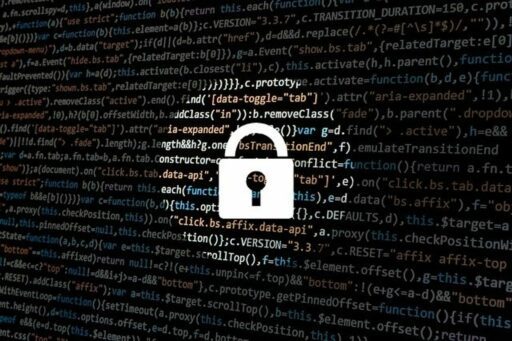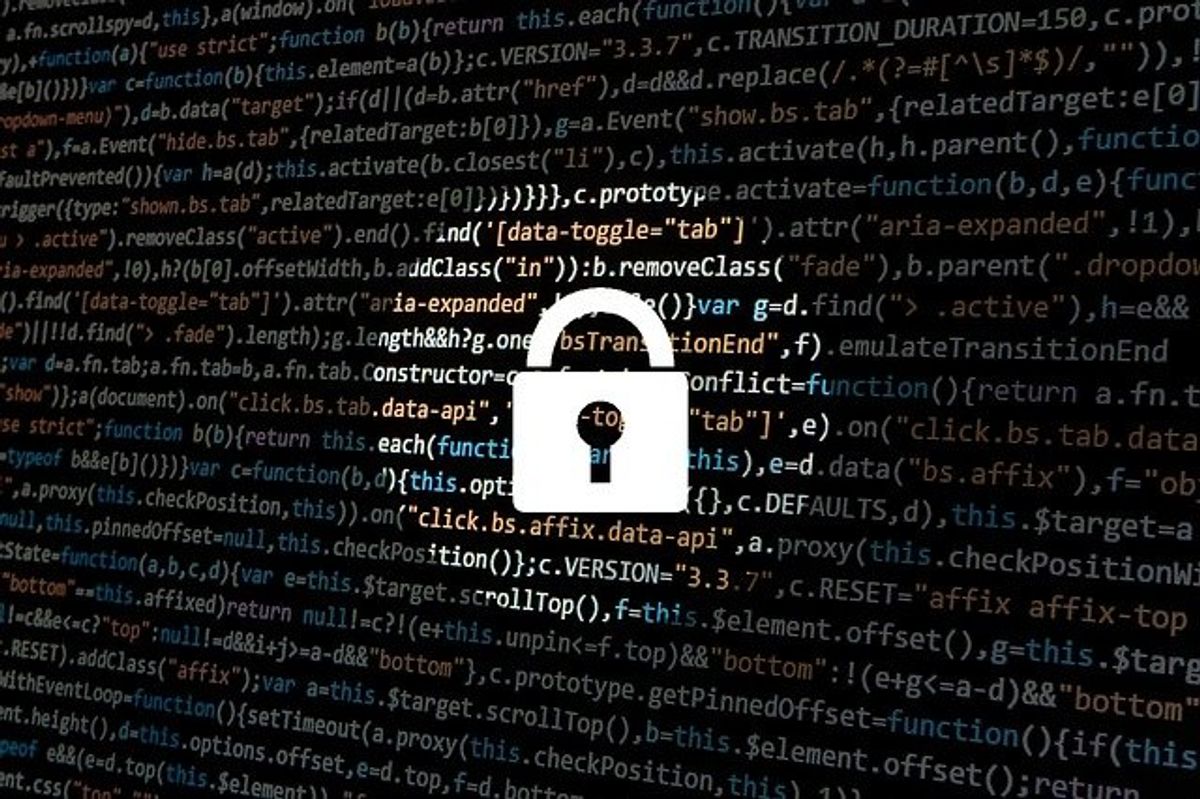Table of Contents
In the digital age, safeguarding sensitive data is a paramount concern for organizations across all industries. Data Loss Prevention (DLP) strategies are essential to protect against data breaches, ensure compliance with regulations, and maintain customer trust. This article delves into 10 critical strategies for effective DLP, providing a comprehensive approach to securing your organization’s valuable data assets.
Key Takeaways
- Effective DLP requires a combination of proper setup, continuous monitoring, and real-time data analysis.
- Best practices in DLP include data identification, classification, protection, and stakeholder education.
- Prevention measures must be capable of rapid response to suspicious activity to mitigate risks.
- Real-time monitoring and anomaly detection are vital for early threat identification and response.
- Advanced DLP solutions and the adoption of Zero Trust Network Access (ZTNA) enhance overall data security.
1. Setup & Configuration

The foundation of effective data loss prevention (DLP) begins with a robust setup and configuration of your DLP systems. This process involves several critical steps to ensure that your data is protected from the outset.
Firstly, identify and classify sensitive data across your organization. This will help in determining the level of protection required for different data types. Next, configure the DLP solution to accurately detect and handle this sensitive information.
It is essential to establish clear data handling policies and procedures during the setup phase to guide the DLP system’s responses to potential incidents.
Finally, test the configuration thoroughly to validate that the system is operating as intended and that it effectively safeguards your data against unauthorized access or leaks. Regular monitoring and maintenance are crucial to adapt to new threats and changes within the organization.
2. Data Streams Monitoring

Effective Data Loss Prevention (DLP) requires vigilant monitoring of data streams within an organization. DLP tools are designed to continuously scan and analyze data in transit and at rest. This includes data moving between devices or networks, as well as data stored on servers, endpoints, or in the cloud. By doing so, organizations can detect and prevent potential data breaches or unauthorized access.
Data Leakage Monitoring and Prevention:
It is crucial to review data in real time to identify any irregularities or breaches as they occur. Real-time monitoring tools are not just about visibility; they enable proactive detection and timely intervention. These tools can provide alerts, dashboards, and analytics, which are essential for maintaining the integrity of data pipelines.
Monitoring techniques vary, but some of the key methods include:
- Network Monitoring: Analyzing network traffic to spot data leakage indicators, unusual patterns, or unauthorized access attempts.
- Endpoint Monitoring: Keeping an eye on endpoints, such as computers and mobile devices, for any unauthorized data transfers, file access, or user activities.
Regular monitoring and maintenance are essential to ensure the health and performance of data systems. Organizations should establish robust practices to detect anomalies and performance issues in real time, and perform regular maintenance like system updates and performance tuning.
3. Data Encryption

Ensuring the security of sensitive data is a critical aspect of Data Loss Prevention (DLP). Encrypting data at rest and in transit is a fundamental strategy to protect against unauthorized access and breaches. Data encryption transforms sensitive information into a secure format that is unreadable without the correct decryption key, safeguarding data confidentiality and integrity.
When implementing data encryption, it’s important to consider the following:
- Full-disk encryption on all endpoints to protect data in case of device loss or theft.
- Use of secure communication protocols, such as HTTPS, to encrypt data during transmission.
- Role-Based Access Controls (RBAC) to ensure that only authorized users can access encrypted data based on their roles and responsibilities.
By adopting robust encryption techniques, organizations can significantly reduce the risk of data exposure and comply with regulatory requirements. It’s not just about having encryption in place; it’s about using it effectively to protect every piece of sensitive data across the organization’s ecosystem.
4. Prevention Measures Implementation

Implementing prevention measures is a critical step in safeguarding your organization’s data. Quick response to suspicious activity is essential for a robust Data Loss Prevention (DLP) strategy. Actions such as blocking data access, limiting user privileges, or terminating suspicious processes are vital to maintaining security standards and mitigating the risk of data breaches.
To enhance the effectiveness of prevention measures, it is crucial to enforce security policies and procedures consistently across the organization.
Conducting remediation activities is also a part of a comprehensive DLP approach. In the event of a security incident, identifying the root cause and taking corrective measures can significantly reduce future risks. This proactive stance helps in protecting sensitive data and ensures regulatory compliance.
Strengthening threat prevention measures involves evaluating high-risk behaviors and refining security policies. By deploying new controls and improving employee training programs, organizations can effectively reduce potential risks and safeguard sensitive data from unauthorized access or exposure.
5. Anomalous Activity Detection

Detecting anomalous activity is a critical component of Data Loss Prevention (DLP). By leveraging artificial intelligence (AI) and machine learning (ML), DLP systems can swiftly identify unusual patterns that deviate from normal data usage. This includes strange access attempts and suspicious data transfers, which are pivotal in taking preemptive measures to safeguard sensitive data.
An effective DLP strategy involves continuous monitoring and analysis to predict and prevent potential security incidents before they escalate.
Recognizing the signs of potential data compromise is essential. Here are common indicators of anomalous activity:
- Unusual Network Sign-ins: Logging in at abnormal times.
- Surge in Network Traffic: Sudden increases in data transfer volume.
- Unauthorized Access to Resources: Attempts to reach restricted areas.
- Repeated Requests for Unnecessary Access: Persistent solicitation for access to irrelevant systems.
- Use of Unauthorized Devices: Employing devices like USB drives without permission.
- Network Crawling and Sensitive Information Search: Actively looking for protected information.
By establishing a baseline of normal behavior, DLP systems can not only detect but also help in predicting potential threats. This proactive approach is key in maintaining the integrity and confidentiality of organizational data.
6. DLP Policy Creation

Creating a robust Data Loss Prevention (DLP) policy is a cornerstone in safeguarding sensitive information within an organization. It involves defining the rules and processes that determine how data is handled, who has access to it, and what actions are permissible.
- Budget: Ensure the DLP policy aligns with financial constraints while providing effective security features.
- Compliance: The policy should integrate with governance, risk, and compliance (GRC) solutions to streamline regulatory adherence.
- Security Requirements: Clearly define the protective measures for sensitive data, including intellectual property and personal information.
A DLP policy is not just a set of rules; it’s a dynamic framework that adapts to evolving security landscapes and regulatory demands.
The deployment of a DLP policy should be methodical, starting with a clear understanding of the organization’s data flows and risk areas. It’s essential to select the right categories and regulations that align with the organization’s specific needs. Regular reviews and updates to the policy ensure it remains effective against new threats and complies with changing regulations.
7. Real-Time Monitoring

Real-time monitoring is a critical component of data loss prevention, providing continuous visibility into the health and performance of data systems. By implementing real-time monitoring tools, organizations can proactively detect and respond to anomalies, errors, or performance issues before they escalate into significant data breaches.
Real-time monitoring enables timely intervention and prevents data pipeline breakage, ensuring the integrity and availability of sensitive information.
Key features of an effective real-time monitoring system include:
- Real-Time User Activity Insights: Enables proactive identification of unusual behavior by providing immediate insights into user activities.
- Advanced Behavior Monitoring: Tracks and analyzes employee actions comprehensively, including file access and application usage.
- Time-Tracking and Productivity Analysis: Monitors work hours and assesses productivity levels, contributing to both security and operational efficiency.
Adopting a scalable architecture is also essential for real-time monitoring, as it allows for the expansion of monitoring capabilities in line with organizational growth. This ensures that as the volume of data and the number of users increase, the system remains robust and capable of handling the additional load.
8. Threat Prevention Strengthening

To strengthen threat prevention, organizations must continuously adapt to evolving threats and enforce robust security policies and procedures. This involves evaluating high-risk behaviors and integrating insights into security strategies to refine policies and deploy new controls.
- Continuously monitor for new threats
- Refine security policies based on insights
- Deploy new controls to mitigate risks
- Improve employee training to recognize and respond to threats
By investing in Data Loss Prevention (DLP), companies can enhance their ability to protect sensitive data from unauthorized access or exposure, thereby reducing potential risks.
Implementing strong access controls is a critical component of threat prevention. Privileged Access Management (PAM) systems can help in effectively identifying potential insider threats and ensuring that only authorized personnel have access to sensitive information.
9. DLP Solution Adoption
Adopting a Data Loss Prevention (DLP) solution is a critical step in safeguarding your organization’s sensitive data. It’s essential to consider a variety of factors to ensure that the DLP solution aligns with your organization’s needs and enhances your cybersecurity posture.
- Budget: Evaluate the cost-effectiveness of the solution.
- Compliance: Ensure the solution meets regulatory requirements.
- Security Needs: Match the solution to your specific security concerns.
- Scope: Determine the reach and limitations of the DLP solution.
- Trusted Partners: Select providers with a proven track record.
- Team Expertise: Assess your team’s ability to manage and maintain the DLP system.
By thoroughly assessing these factors, organizations can guarantee a smooth implementation and reliable protection of sensitive data.
Furthermore, it’s important to understand the operational aspects of the DLP solution, such as how it integrates with existing systems, its ease of use, and the level of support provided by the vendor. A well-chosen DLP solution not only prevents unauthorized data disclosure but also facilitates incident response and strengthens the organization’s resilience against data breaches.
10. Zero Trust Network Access (ZTNA)

The Zero Trust Network Access (ZTNA) model is a cornerstone in modern cybersecurity, operating under the principle that no user or system should be trusted by default, even if they are within the network perimeter. Implementing ZTNA involves continuous verification of all access requests, ensuring that each user’s access is strictly aligned with policy rules.
- Enforce strong authentication: Utilize multi-factor authentication (MFA) to significantly reduce the risk of unauthorized access. MFA adds layers of security by requiring additional verification factors.
- Implement strong access controls: Adopt role-based access control (RBAC) and the principle of least privilege to limit access to the necessary resources, enhancing security.
By adopting ZTNA, organizations can create a dynamic and adaptive security environment that continuously scrutinizes access requests, thereby safeguarding your valuable digital assets with effective data loss prevention strategies.
Conclusion
In summary, effective Data Loss Prevention (DLP) is an essential facet of modern cybersecurity strategies, crucial for safeguarding sensitive information against loss, theft, and unauthorized access. The 10 strategies discussed provide a comprehensive framework for organizations to enhance their DLP efforts. From the initial setup and configuration to the adoption of Zero Trust Network Access (ZTNA), each step is pivotal in fortifying an organization’s defense against data breaches. By implementing these measures, companies can not only ensure regulatory compliance but also maintain the integrity of their data and the trust of their customers. As the digital landscape evolves, so must the approaches to data protection, making the continuous evaluation and improvement of DLP practices an ongoing priority for any data-driven organization.
Frequently Asked Questions
What is Data Loss Prevention (DLP) and why is it important?
Data Loss Prevention (DLP) is a set of technologies, policies, and practices designed to protect sensitive data from loss, theft, or unauthorized access. It’s important as it helps organizations safeguard their valuable assets, ensure regulatory compliance, and maintain customer trust.
How does encryption contribute to DLP?
Encryption is a critical component of DLP as it secures data at rest and in motion, making it unreadable to unauthorized individuals. This ensures that sensitive information remains protected even if it’s intercepted or accessed by unauthorized parties.
What are the key steps in setting up a DLP solution?
Setting up a DLP solution involves installing and configuring the tool within your network infrastructure, integrating it with existing cybersecurity measures such as firewalls and antivirus software, and ensuring it aligns with your organization’s security policies.
How can real-time monitoring enhance data protection?
Real-time monitoring allows for the continuous observation of data flows and user interactions, enabling organizations to detect potential data leaks early and respond promptly to minimize the impact of any breaches.
Why should companies adopt a Zero Trust Network Access (ZTNA) approach?
Adopting a ZTNA approach ensures that no user or system is trusted by default, even if they are within the organization’s network. This minimizes the risk of unauthorized access and helps protect against internal and external threats.
What are the benefits of implementing DLP prevention measures?
Implementing DLP prevention measures allows organizations to respond quickly to suspicious activities, block data access, limit user privileges, and terminate suspicious processes, thereby reinforcing security standards and reducing the risk of data breaches.





